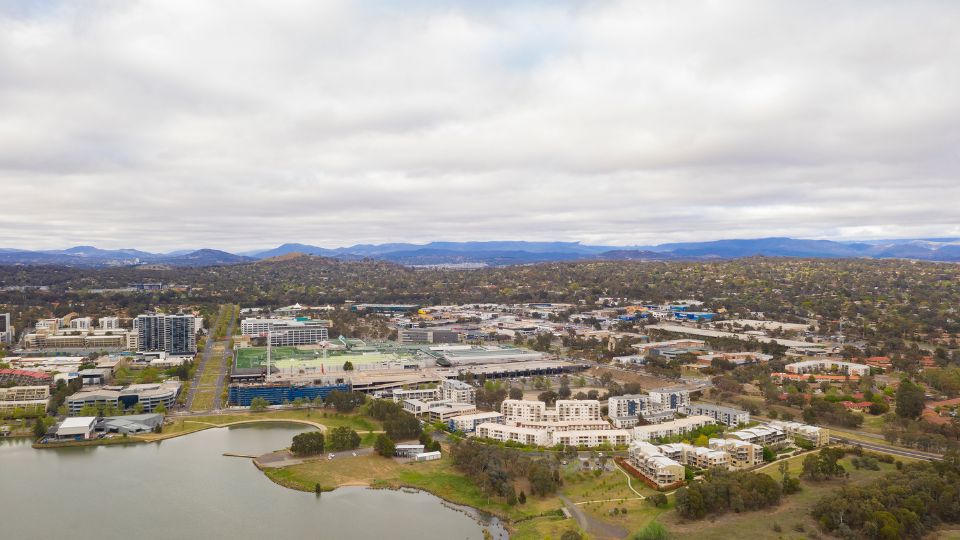Australia’s residential property market entered spring with fewer homes for sale, even as new vendors began testing conditions. Fresh data from SQM Research shows total national listings fell 4.8 per cent in September compared with August and are down 6.6 per cent from the same time last year, pointing to tightening stock levels.
The slowdown was broad-based, with Brisbane recording an 8.5 per cent monthly decline and Perth down 8.6 per cent.
In contrast, Hobart and Canberra saw the smallest pullbacks, suggesting those markets may be gaining some momentum.
“The September data confirms what we’ve been seeing – a tightening in national listings alongside steady rises in asking prices,” said Louis Christopher, Managing Director of SQM Research.
“Sellers are responding to spring activity, but total stock remains below last year’s levels, which could push prices higher if demand holds.”
Fresh listings lift — but old and distressed stock falls
While overall supply shrank, new listings — homes advertised for less than 30 days — rose 3.7 per cent nationally month-on-month.
Hobart saw the strongest jump at +22.2 per cent, followed by Canberra at +9.9 per cent. Darwin (-20.9 per cent) and Perth (-6.9 per cent) posted the steepest monthly drops.
Compared with a year ago, new listings were still 4.1 per cent lower, led by big annual falls in Brisbane (-13.8 per cent) and Darwin (-17.3 per cent).
Older stock continues to clear. Homes on the market for more than 180 days fell 6.9 per cent nationally over September.
Canberra saw an 11.8 per cent drop and Melbourne slipped slightly (-0.2 per cent), while Sydney and Canberra both showed sharp annual increases in stale stock — up 21.9 per cent and 28.0 per cent respectively — hinting at buyer hesitancy or overpricing in those cities.
Distressed listings — properties under forced or urgent sale — declined 8.0 per cent month-on-month and a steep 27.0 per cent year-on-year.
Queensland led the recovery with a 31.8 per cent annual reduction, and Western Australia improved even more dramatically at -42.6 per cent.
New South Wales and South Australia also saw double-digit monthly declines, while only the Northern Territory and Tasmania posted increases.
Prices continue to climb despite fewer homes
The tightening supply is helping keep vendor confidence firm. According to SQM’s Weekly Asking Prices Index (week ending 30 September 2025):
Combined dwellings gained 1.0 per cent in September and are up 9.2 per cent over the year
National house asking prices rose 0.9 per cent over the month and 9.5 per cent year-on-year.
Unit prices lifted 1.7 per cent for the month and 7.8 per cent annually.
Brisbane and Adelaide led annual price growth, with combined dwelling asking prices jumping 11.4 per cent and 13.1 per cent respectively.
Perth’s unit market was the standout, soaring 20.1 per cent year-on-year.
Sydney retained its premium status, with combined asking prices climbing 1.7 per cent over the month and 8.2 per cent compared with last year.
Market outlook: resilience meets affordability pressure
Mr Christopher noted that while new spring listings are appearing, total stock remains well below 2024 levels, suggesting possible upward price pressure if demand stays solid.
The drop in distressed listings signals stability, but the rise in older stock in Sydney and Canberra may show some buyers are resisting high price tags.

